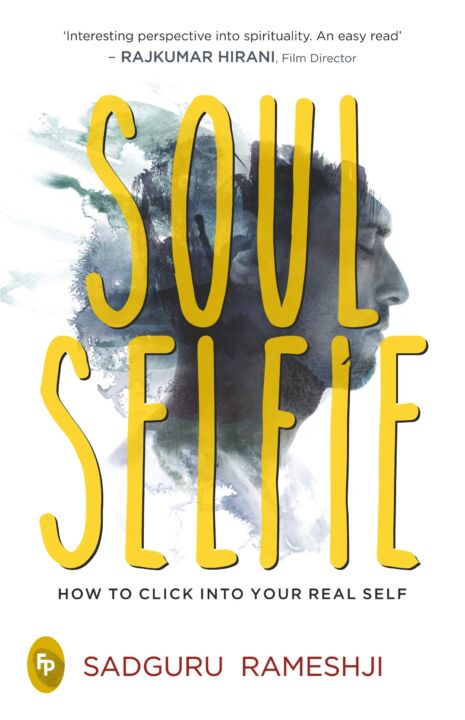Book Summary: Soul Selfie
A soul has infinite potential, equivalent to the powers of the cosmos and universal energies… But by virtue of identifying itself with a finite physical body its powers get restricted. Our physical existence is neither the start of our life’s journey nor its end. All our sorrows, fears, anxiety, and stress crop up only when we Associate ourselves with our physical body. But once we become aware of our existence as a soul, separate from the physical form, we start living a completely different life—full of energy, positivity, love, and joy.
This book, soul selfie, reveals the secrets of living a soulful existence independent of the body by covering two aspects of a spiritual journey—one proves the independent existence of the soul and the second chronicles the personal journey of the author in his experimentation with the soul, including an out-of-body astral travel experience.
Filled with easy-to-understand stories, anecdotes, personal experiences, and practical tips, soul selfie is a work of spiritual guidance that will help one transcend their physical existence and unleash their true potential by identifying themselves with their immortal soul.
Book Review: Soul Selfie
Soul Selfie by Sadguru Rameshji is one of those books that makes you not feel but think. The book gets condensed at times, compelling the reader to think, sometimes ponder on his personal life and on human behavior throughout the history. (whatever we know of that) Many a times it brings back solutions or rather a promise to the nagging questions like what is happiness? Why I’m feeling something is amiss in my life though everything is in order? What is the greatest joy one can find? This book makes a lot of sense. it’s about happiness, consciousness, work, and purpose.
“Know that nothing happens in this world accidentally and everything is pre-planned and perfectly planned.”
The book Soul Selfie can profoundly change or fortify the way you look at life and happiness, in a good way! I truly think everyone who is serious about living life to its fullest should read this book. However, that is not to say that I think everyone is ready to read this book, partly because it is slow-going in parts and one would probably need to be accustomed to reading in general just to get through it; or a person’s life may be too busy to really soak it in; or it may be outside the range of understanding until some other foundation is laid. It’s a relatively short book (about 230 pages), but it could take some time to assimilate the revolutionary concepts.
“Be effort-oriented and not result-oriented”
Hear me when I say, this book, Soul Selfie by Sadguru Rameshji, really helps to clear up the ideas of happiness, enjoyment, purpose, and meaning in life. It isn’t a tired self-help book or the latest insipid leadership bestseller. It’s ground-breaking in psychology and sociology, bringing new light to the meaning of happiness and suffering, and explaining why and how we can enjoy life as a result from—not merely in spite of—difficulty.
“Even though the body is made up of gross matter, it can still float in the air when the soul floats in the heart.”
And, for what it’s worth to some, I found this to be an exquisitely phrased and very nicely written response to the rise of relativistic inertia in postmodern worldviews that some feel will inevitably bankrupt the morality of future generations. Soul Selfie, however, would indicate otherwise, namely that a lifestyle of meaning, happiness and moral stability is possible with a postmodern mindset. What’s more, a person who is free from the constraints of antiquated rules and traditions that are no longer relevant or helpful in our world have more opportunities, not less, to enlarge his sense of meaning and happiness in the universe.
“The mind’s nature is to remain calm and peaceful, but desires create disturbance in the mind.”
Overall, I found Sadguru Rameshji to be extremely reasonable and balanced in his approach. He used a multitude of real life vignettes, staying grounded in reality by widely varied anecdotes. He never drifted too far into theory before he snapped back to real life. It seems that a universal practice—not a uniform, formally expressed praxis—has worked pretty well for people throughout all time and places to produce flow and enjoyment; and still seems to be, at bottom, what makes people most happy.





